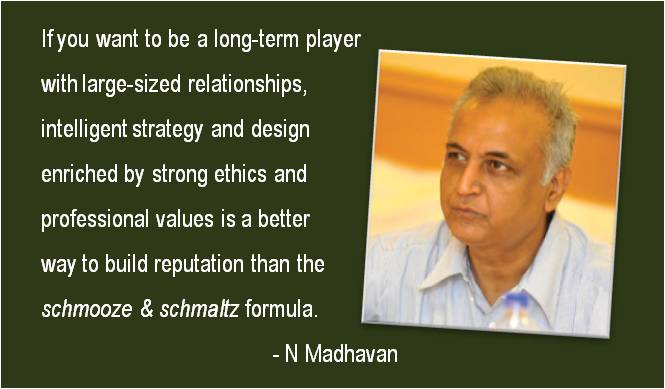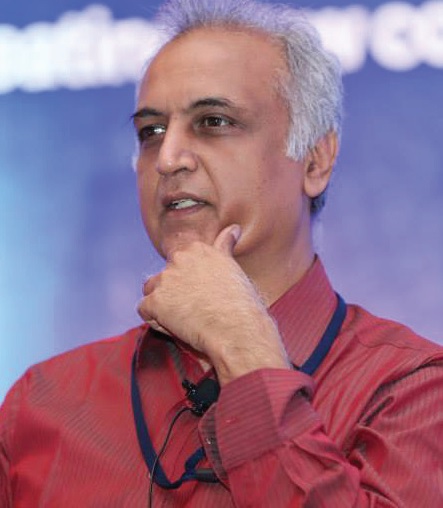My thought process was set off this week after I read Amith Prabhu’s column on how and why Adfactors PR won the Tata Group’s PR mandate. In brief, Adfactors has five things going for it: size, location, experience with Tatas, a savvily eager management, and a big talent pool. With Rs 150 crore in billings, the 1,000-pound gorillas were right to embrace it.
On the other hand, I know how Infosys found an able partner in The PRactice before Adfactors arrived on the scene. Between these two, Perfect Relations nursed the brand. The PRactice got the deal (I suspect) for a combination of extra eagerness and talent while the other things happened as growth happened – with some gaps remaining that made the smaller consultancy lose the mandate to the giant.
I think there is no right or wrong in this game if you know what league you are playing in. Serving a Samsung or a Tata corporate mandate is different from being an eager-beaver firm giving all it has to an emerging giant. Or it can be the boutique play where both clients and consultancies are small.
My musing today is about something else: the business of schmoozing that is being confused with reputation management services. PR firms, I have seen in my long experience, can be schmoozers or fixers. One kind schmoozes clients and tries to fix the media. The other kind schmoozes both. Many boutique or small PR firms have grown up on what I call the ‘schmooze & schmaltz’ formula. Schmaltz is sentimental conversation that often lacks meaningful content. As Lincoln said,

The third kind is where the real deal is at. This involves real institutional approaches that can justify large-sized relationships.
I have been irritated by PR firms that put clueless juniors to talk to the media (glorified follow-ups on press releases) while the elders, usually one or two biggies, schmooze the clients. The arrival of the PC and the mobile phone in the 1990s gave many ambitious PR executives the view that you just need to set juniors on fire and get a juicy deal or two to be in business.
I am just glad that the arrival of the social media has complicated the reputation business. Intelligent strategy and design with some meaningful, alert servicing – above all enriched by strong ethics or professional values — may be a better way to build reputation than the “schmooze and schmaltz” formula if you want to be a long-term player looking for large-sized relationships.
These involve 4 Cs – contact, content, context and conversations.
Conversations are not schmaltzy but enriched by content, and contact exists in the first place for the other two. Context makes it truly enriching. My experience with firms or executives that have followed this 4C formula has worked better than those with the 2S approach.
I had written about institutional brands and their importance in sectors such as healthcare or education. PR firms, which build reputations, can themselves have reputation issues – and they are as much subject to chatter, banter and bitching as the clients they deal with. If they only are as serious about themselves, bigger corporate brands will be happy to engage them.
This, in turn involves an institutional approach that focuses on how to build the 4C formula than the 2S one. Not everybody is passionate about that. The winners are. Overambitious wannabes that focused on the 2S formula have figured in national newspaper headlines for all the wrong reasons. That’s another story.







Leave a comment